Seven years before Confederation, Queen Victoria wondered where her empire would find the wood needed to build the fleet of ships that would maintain the British Navy’s status as ruler of the oceans.
To ensure that Great Britain had enough timber for its shipyards, she sent her son to the Canadian territories of Upper and Lower Canada to negotiate the deal. These vast stretches of virgin forests were just waiting to be harvested.
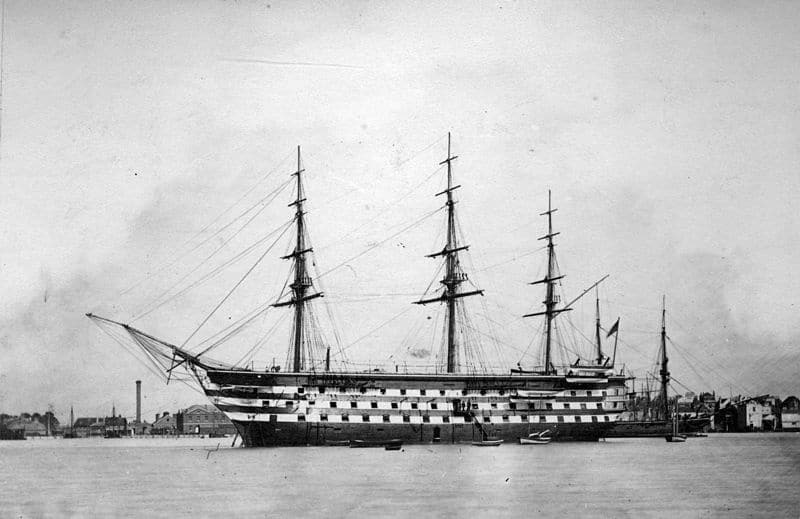
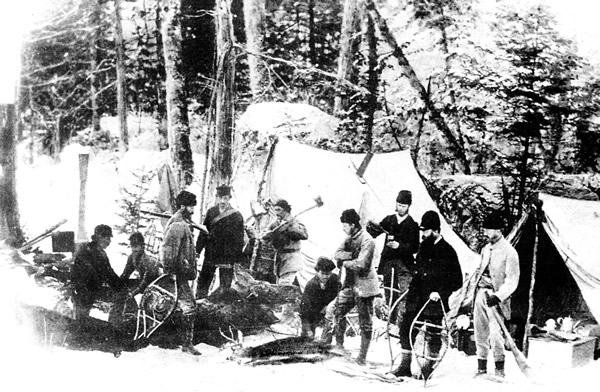
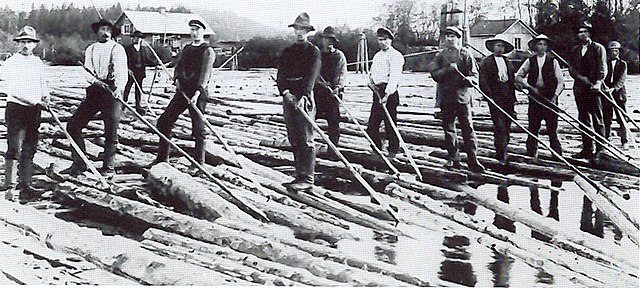
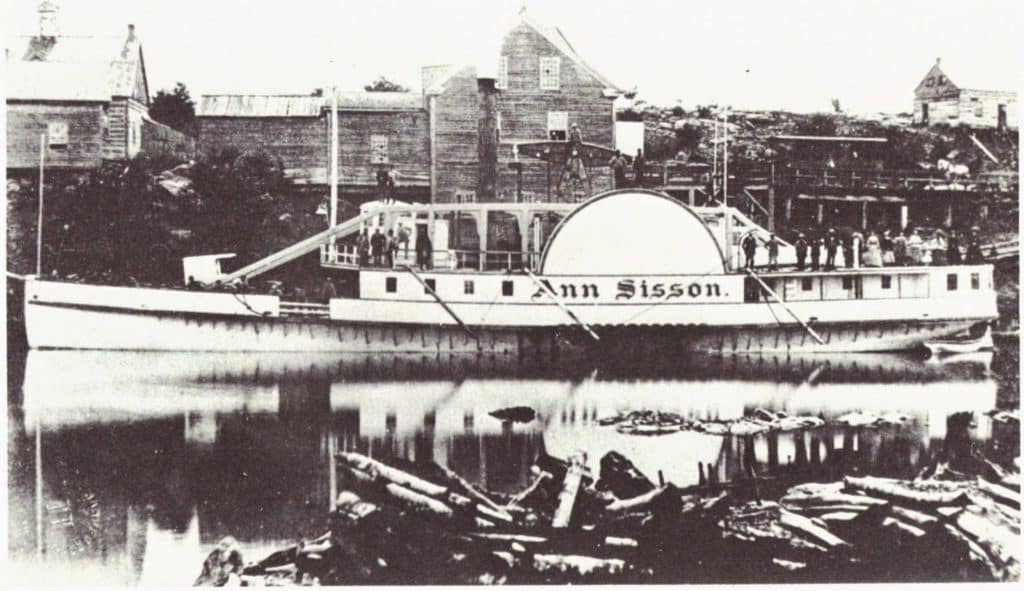
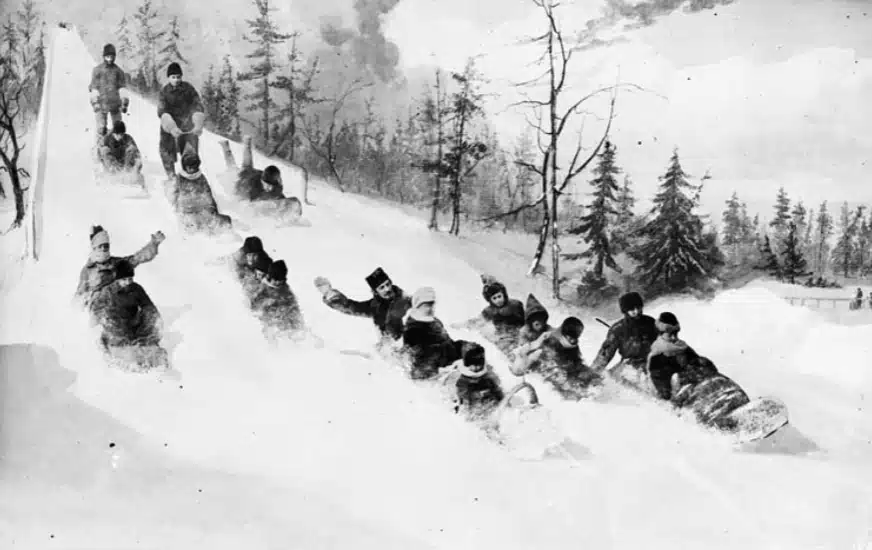
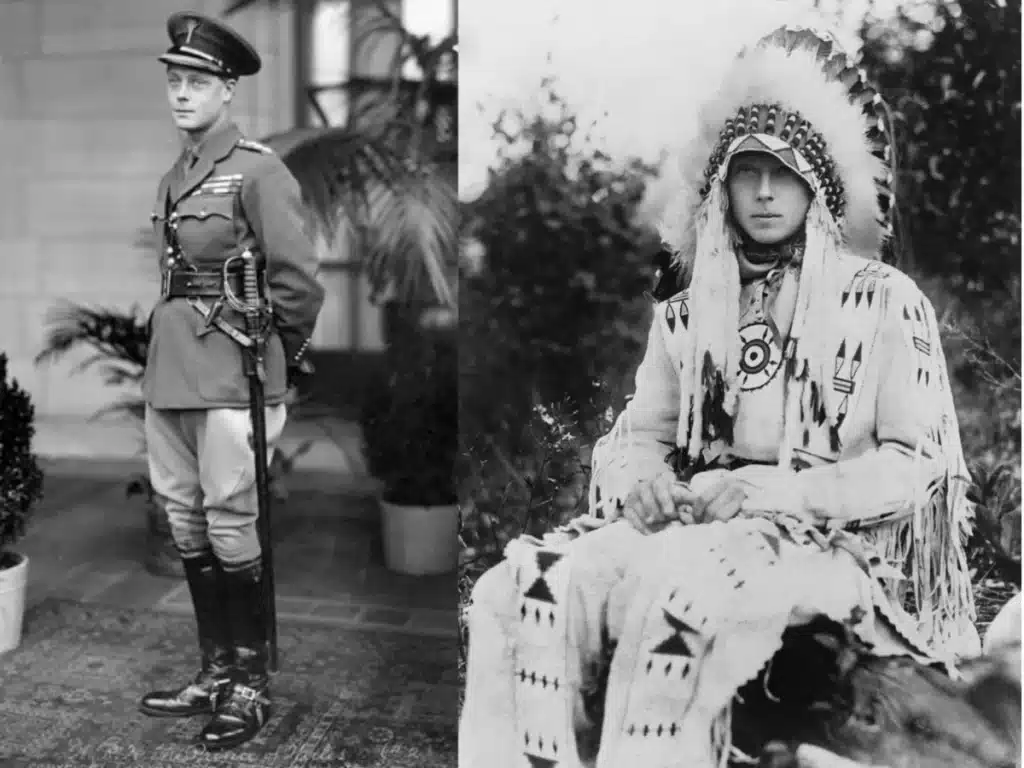
In 1860, Prince Edward VII arrived in Canada and toured the Ottawa River aboard the steamboat Ann Sisson.
He spent the night at Madame Benjamin Bean’s home in Quyon. Madame Bean, great-grandmother of Fred Hutchisson, was accustomed to hosting river navigators passing through the Outaouais region, but had never before hosted a member of the royal family.
Upon learning that Prince Edward would be staying with her, she enlisted the help of her entire neighborhood to procure the finest bedding and most refined cutlery to serve the prince with class and style.
In 1872, Prince Arthur, the third son of Queen Victoria—who later became Duke of Connaught and served as Governor General of Canada from 1914 to 1918—traveled to Otter Lake via the Ottawa River.
He was accompanied by representatives of two major logging companies, Gillies Brothers and Gilmour Brothers.
The highlight of this visit was a hunting expedition on the Picanoc River. During their trip, they spent the night at “La ferme,” a rest stop for the Otter Lake lumberjacks. David Lunam of Campbell’s Bay proudly recalls that his grandmother, Elizabeth (Reid) Lunam, cooked for the prince. She was the mother of David Lunam Sr.
One of the memorable moments of 1872 was Prince Arthur’s visit to the Gilmour Lumber Company Logging Camp on the Picanoc River. During his stay, he demonstrated his hunting skills by killing two moose, one deer, and one bear—“a fine meal fit for a king.”
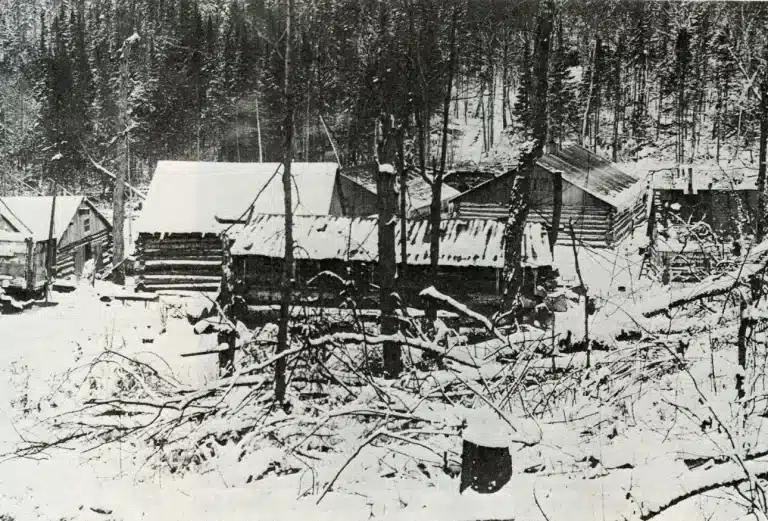
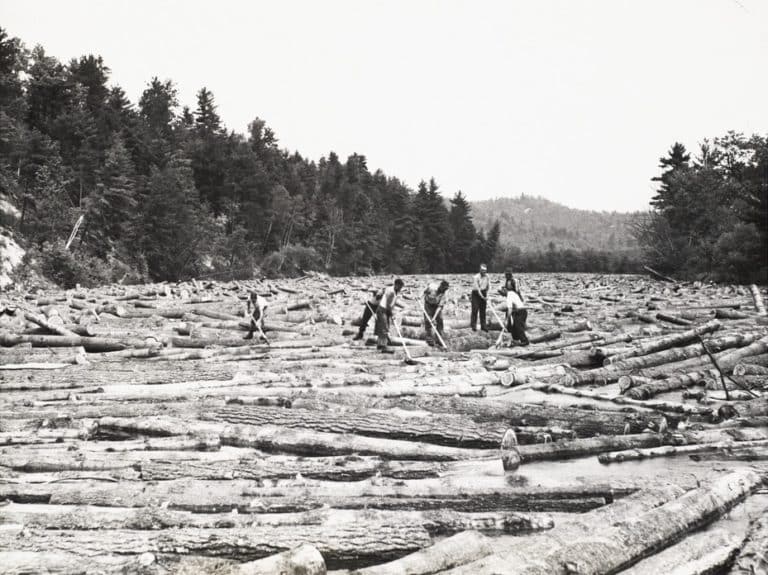


During a ceremony in August 1973, David Lunam Jr., Major James McCuaig, Mayor and renowned historian Basil Quaile, and the Honourable Raymond Johnson gathered to unveil a plaque honoring Prince Arthur and his visit to Otter Lake.
The forestry industry was the economic pillar of the region. Agriculture also developed in areas where the land was of better quality.
The oldest available records indicate that Gilmour and Hudson were the first to establish forestry operations in the Picanock region. Timber logs were transported via the Picanock and Gatineau Rivers.
The Riordon Company was the second company to exploit the forest. It was later sold to the Canadian International Paper Company, which still operates a paper mill and forestry business today.
Gillies Brothers operated a lumber company in the municipality of Rivière Coulonge.
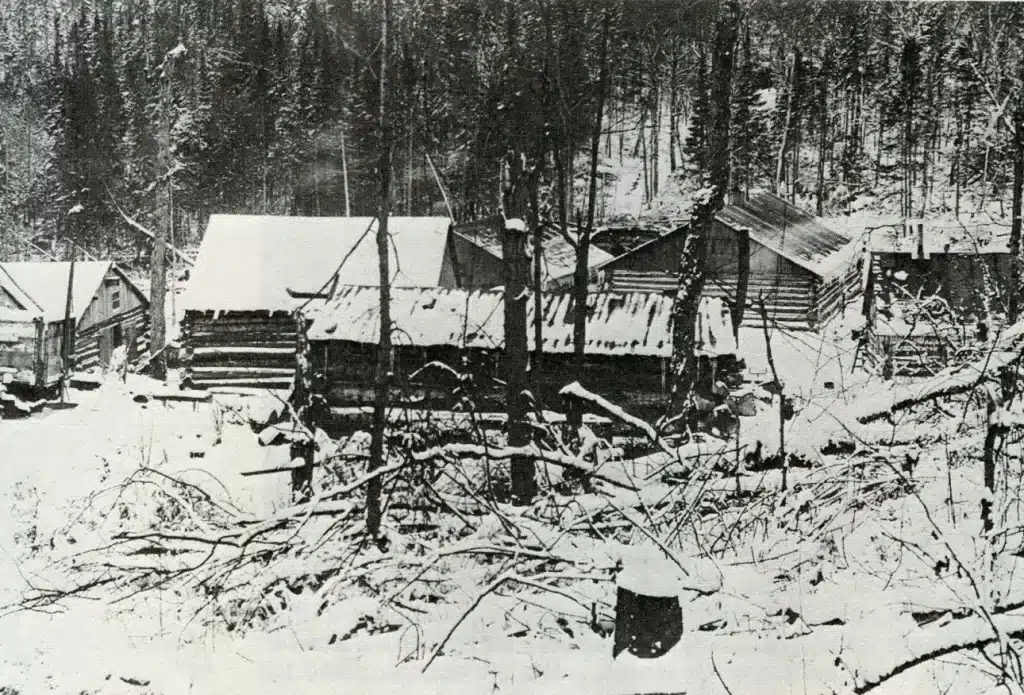

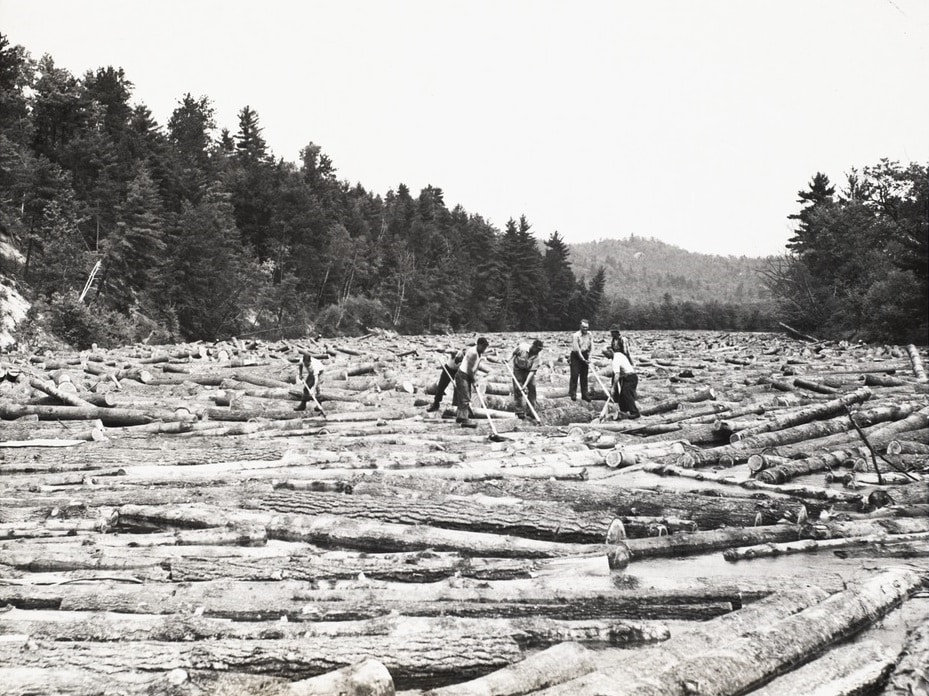
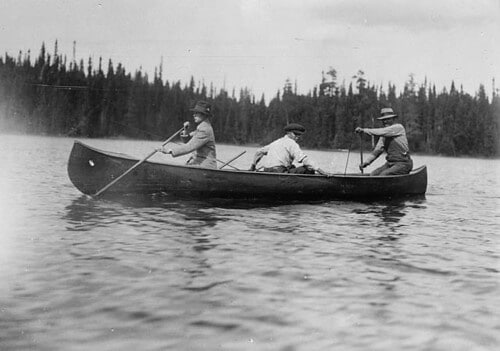
This company was a significant contributor to the municipality, providing local people with the opportunity to work during the winter months. In the mid-1960s, Consolidated-Bathurst purchased the Gillies Brothers company. The E.B. Eddy Co. paper mill in Hull also bought timber from this municipality for processing.
In addition to the established forestry companies, several small sawmills operated within the municipality of Otter Lake. Adolph Zimmerling built a sawmill in 1933, which remained in operation until the Independent Coal and Lumber Company bought it in 1946. This company was very important to the municipality as it provided employment for many residents while utilizing the region’s primary resource: the forest.